You may hear about how you can make your home green with miniature trees.But in this article, we are going to take a deeper look at the dwarf navel orange trees to help you make a better choice.
Navel orange tree for sale
Flowers with a pleasant fragrance. Fabulous evergreen vegetation that shimmers in the sunshine. Fruits with vibrant hues that are both healthful and delicious. Roots that do not cause any problems. adaptability to many growth environments or cultivation methods. Due to all of these factors, dwarf citrus is an ideal plant for the modern home garden. Citrus dwarfs are created by grafting normal fruit trees onto smaller plant rootstock. Consequently, it is possible to enjoy the excellent citrus fruit of a typical tree in smaller settings. Since the trees are smaller, the fruit is simpler to reach and pluck. The height restriction for dwarf citrus trees is often between 8 and 10 feet. When small trees are treated the same as full-sized trees, the size and quality of the fruit produced is same. Furthermore, dwarf cultivars produce more fruit per acre than their standard-sized counterparts. Versatile Fixture for Your Garden Dwarf citrus trees, such as lemon, orange, grapefruit, lime, tangelo, and kumquat, may serve as many roles in the garden as their larger counterparts. Either plant it as a border marker or a privacy screen, or make it the focal point of your garden. Dwarf citrus trees may be used as foundation plantings or to provide height to a perennial background. When espaliered against a wall, it will diffuse the light and provide aesthetic value. It is possible to espalier trees, shrubs, and woody vines so that they grow in a flat pattern along a wall, fence, or other surface. Typically with a certain geometric plan in mind, this may convert the tree into a magnificent piece of art. On the contrary, some trees are allowed to maintain their natural form, while others have their excessive branches pruned. Also available are tiny citrus plants that thrive in containers. They are attractive as focal pieces in containers on porches and patios, and harvesting them is simple. 
Navel orange tree size
If you live in a place where citrus trees cannot survive the winter, having your garden near to the house will make it much easier to bring them inside. There is an extensive assortment of dwarf citrus fruits from which to pick. Almost every important variety of edible citrus in the world is now available to amateur gardeners because to dwarfing rootstocks. This little tree, offered at Nature Hills Nursery, produces Meyer lemons with an orange-citrus flavor. You may anticipate receiving a plant in a two- to three-gallon container. Even though their mature height is around 4 feet, tiny Meyer lemon trees flourish in pots. Furthermore, they grow in landscaping zones 9 and 10. The natural height range of dwarf Meyer lemon trees is between 10 and 4 feet, making them suitable for pots. If you believe you would like the addition of Clementine oranges to your diet, you may purchase a Brighter Blooms tree from Amazon. Either a 1- to 2-foot ‘Nules’ tree or a 3- to 4-foot ‘Nules’ tree will give you with an abundance of excellent orange fruit. Looking for a lime Consult Nature Hills Nursery for a seedless tiny ‘Bearss’ lime tree. You will get an evergreen plant that is at least three years old and has the potential to reach a height of 10 feet; it is also known as the Persian lime, Tahini lime, and seedless lime, among other popular names. This variety thrives in both the ground and in containers. Does your little tree need microscopic fruit? Nature Hills offers dwarf ‘Nagami’ kumquats in two- or three-gallon containers that will develop to a height of 10 feet. The zest of a kumquat is edible and is famous for its zesty flavor. Give Them Sunlight at Any Time of Day Small trees have the same fundamental needs as other plants. And these are the things you must attend to if you want to cultivate beautiful trees that provide delicious fruit. Clean water and a dry space to work are the highest priorities. The roots need a constant supply of moisture, but they cannot tolerate standing water or wet soil. In the green-boxed area below, you can discover drainage system background reading. Citrus trees need warm temperatures and enough sunshine to produce fruit that is vibrantly colored, juicy, and delicious. A gardener I am familiar with has trees that can only grow in the morning sun and trees that can only grow in the afternoon sun. Both settings allow plants to successfully set and mature fruit. Best Soil Conditions A lightweight, perlite-containing, well-draining potting mix is great for container-grown plants since it encourages healthy development with little maintenance. Too rapid compaction of all-organic materials or native soil denies roots sufficient oxygen. Commercial farmers often choose for UC mix. 
Navel orange tree care
The Citrus Research Center and Agricultural Experiment Station at the University of California, Riverside’s Department of Soil Science developed this. The Citrus Experiment Station has conducted extensive research in the areas of disease and pest control, post-harvest handling techniques, and methods for increasing commercial fruit production, as well as the development of new citrus varieties and the creation of a unique soil mixture for container-grown plants. Commercial farmers in the whole western hemisphere are embracing UC’s soil combinations, which have shown to be successful for a broad range of plant species. Unless they have a considerable demand for many cubic yards of UC mix and reside in Southern California, backyard gardeners may have difficulty procuring it. Instead, search for potting soils specialized for growing citrus or fruit plants. The ratio of one part citrus-specific planting mix to one part native soil is suggested for replanting in the garden. Mixing a citrus-specific soil with the native soil may facilitate the tree’s transition, since plant roots are often reluctant to adapt to a new growth medium. Be Aware That Drainage Is Essential The most essential need for citrus plants is adequate drainage. The overwatering of citrus trees is the direct cause of their leaf loss. This issue may also be caused by a shortage of water, however drooping leaves often bring it to our notice before serious leaf loss. Using a soil with excellent drainage avoids the possibility of overwatering container plants. The excess water in the garden soil requires a drain. If the earth has adequate drainage on its own, it’s not too frightening. Checking an existing planting area for well-draining soil, and what to do if there is a problem: Create a large enough hole and fill it with water, allowing it to flow until the soil is totally saturated. Note how long it takes for water to enter the saturated soil completely. If it evaporates within a few hours, there should be no drainage difficulties. It is unsafe to plant a tree or shrub in a freshly dug hole if water has been present for more than two hours. You may overcome this issue by excavating the hole one foot deeper than is required. Dig a trench from the low side of the hole away from the planting area, and then slant the bottom of the hole. Place 6 to 10 inches of gravel or drain stones at the bottom of the pit and trench. The trench must be sufficiently long to receive and discharge the water from the heavy winter rains. When you are ready to plant your citrus tree, fill the area above the rock with a mixture of 50 percent citrus soil and 50 percent ordinary soil. Place the root ball high enough in the hole so that the finished soil slopes away from the tree trunk to the surrounding soil level. It is advisable to leave two to three inches of space between the top of the root ball and the surrounding soil. 
Navel orange tree height
Before returning to backfill, you should cover the area around the newly planted tree with a thin layer of your soil mixture. If you cannot get citrus potting mix, use a half cup of balanced fertilizer. The whole planting area should be mulched, including the moat. Add water to the moat gradually. Keep the entire basin dripping for a half-hour, water the plant again in a few days, and then forget about it until it needs watering again. Personalise the Forming Procedure If you want an espaliered miniature to grow along a fence or garden wall, a young plant may seem unbalanced, but after a few years it will develop a rounded appearance. Additionally, they are trainable for this function. Occasionally pinch the ends of the new growth to maintain the plants reasonably low or to enhance density. In order to promote air circulation, you should also remove any unhealthy or dead limbs and decrease the tree’s canopy. Remove the twisted branches that are preventing sunlight from reaching the lowest branch. Fertilizer? Unless they are hungry, that is. Typically, fertilizer is required for these little trees. It is totally up to you to choose the amount of expertise with which you approach this gardening method. Using an acid-reacting 10-10-8 fertilizer, such as that used on camellias and roses, according to the recommendations on the container should keep your plants growing even if they seem to be missing nutrition. The experimental gardener also has the option of spraying the leaves with zinc and manganese in the spring before to the onset of development, followed by a nitrogen-containing spray. Iron chelate is an excellent treatment for all forms of iron deficiency. Eliminate Every Insect Pest! Ants, snails, aphids, thrips, and spider mites are common plant pests that attack dwarf citrus plants. You may destroy insects using diatomaceous earth, including ants and spider mites. In addition, this article contains tips on how to get rid of snails and slugs in your yard without using dangerous chemicals. Remove aphids and thrips by spraying them with a forceful stream of water or by applying this insecticidal soap from Garden Safe, available on Amazon. One of the most enjoyable elements of gardening is consuming the harvest. The ripening timetables of citrus fruits vary greatly. For instance, in the south, most orange varieties are typically suitable for harvest between December and May. Mandarins normally get mature between January and April. You can find wonderfully ripe lemons and limes all year round. I suggest reviewing the tree’s planting instructions for an approximation of when the fruit will be ready for harvest. When the fruit attains its final color, it is ready for harvesting. When the fruit is mature, it may fall from the tree by itself. You should always pick up fallen fruit as quickly as possible for two reasons: (a) you want to eat it, and (b) you want to keep a tidy garden. The taste test is a further alternative. Take a few juicily aromatic fruits from different places of the tree, cut them open, and sample them. 
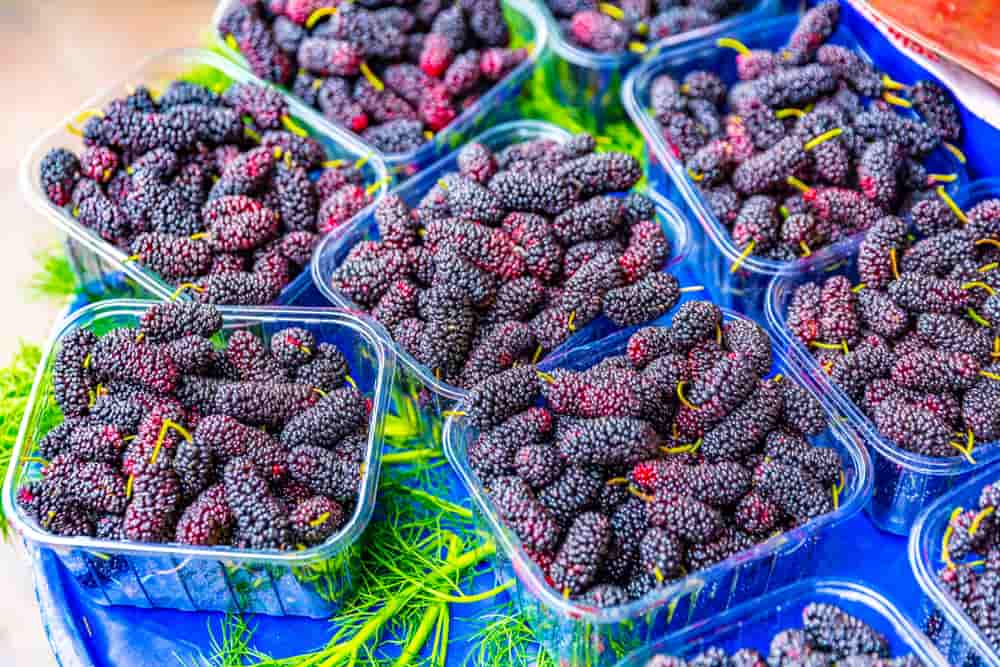
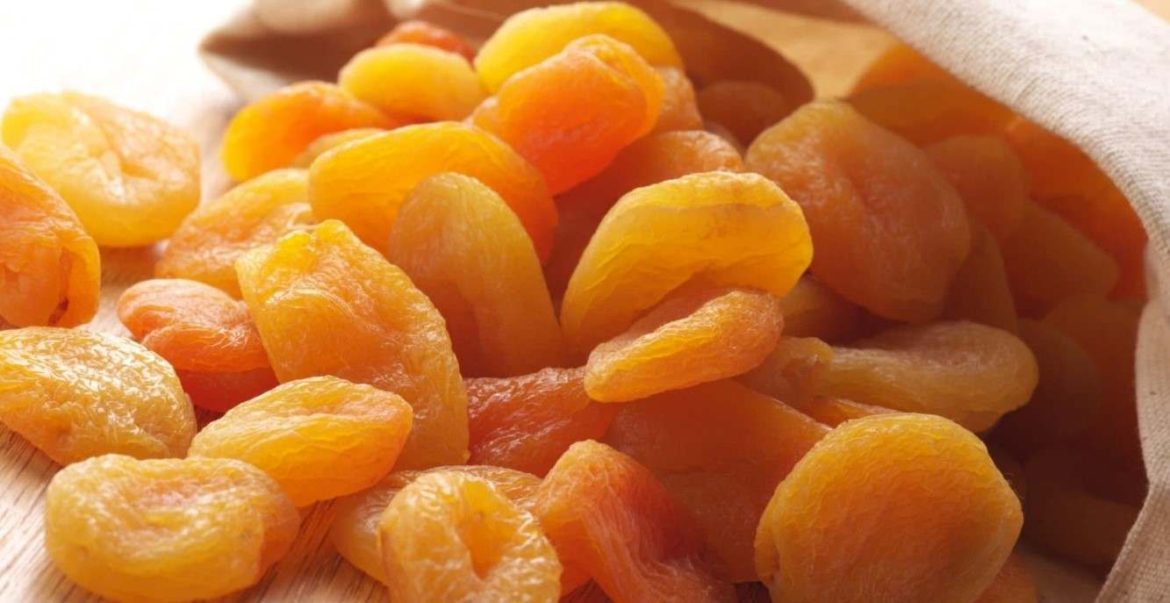
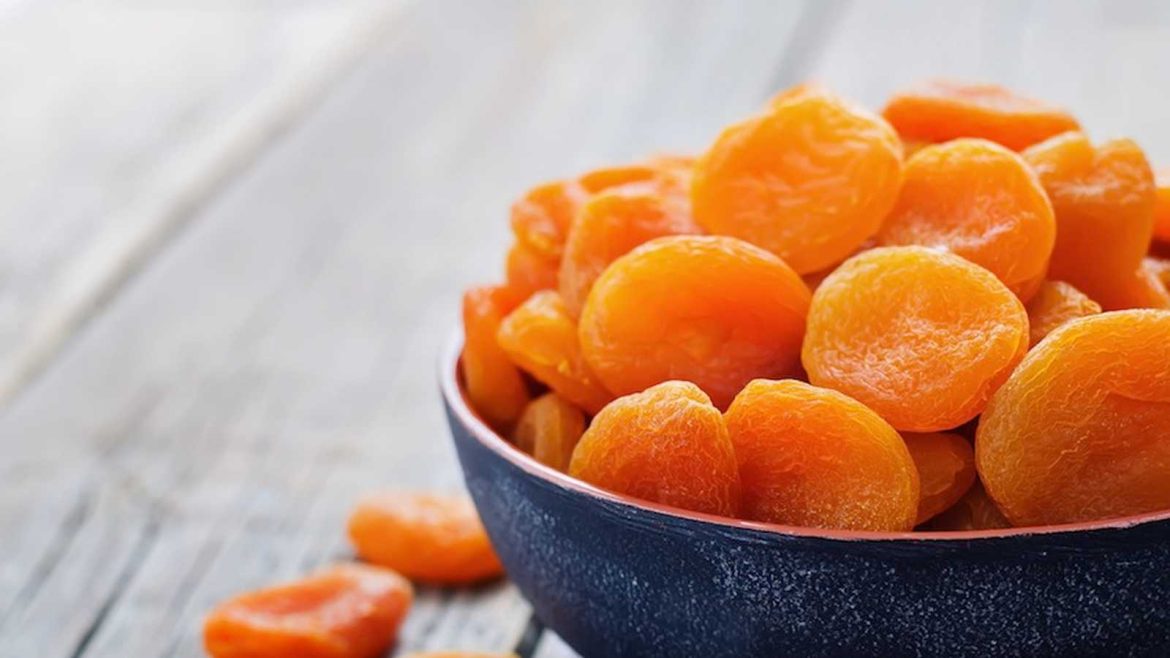
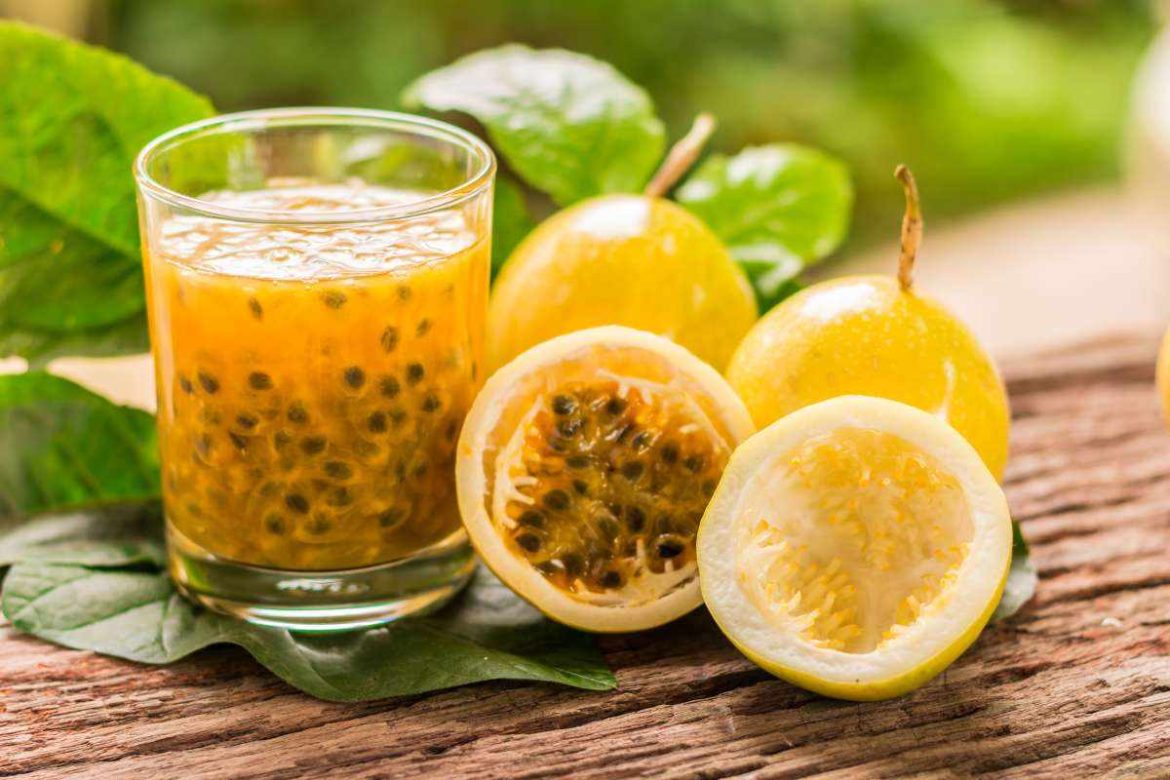
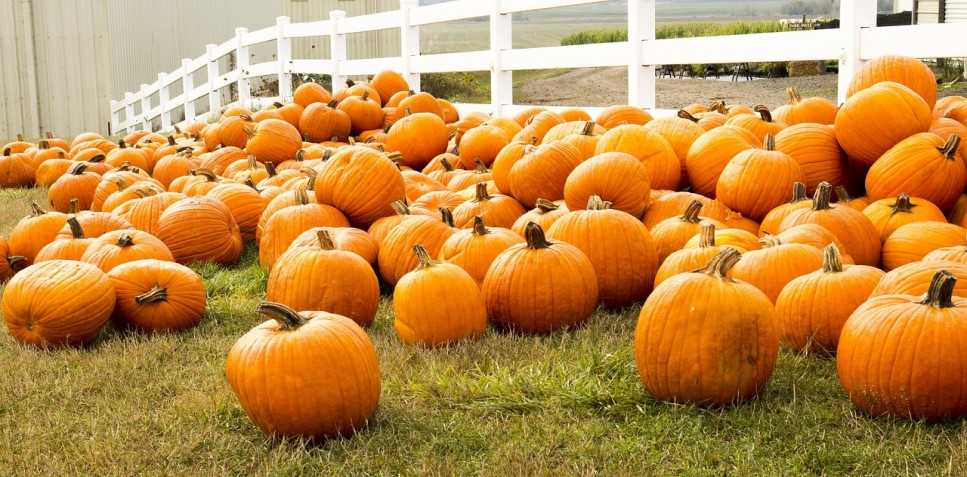
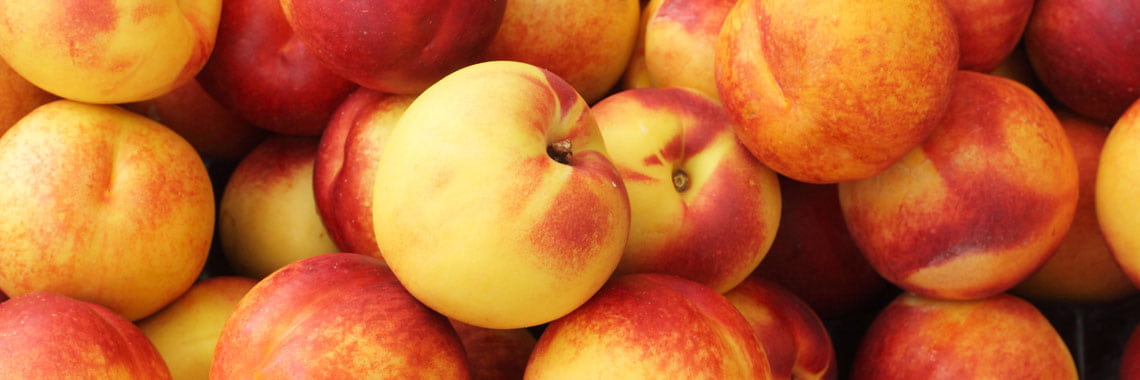
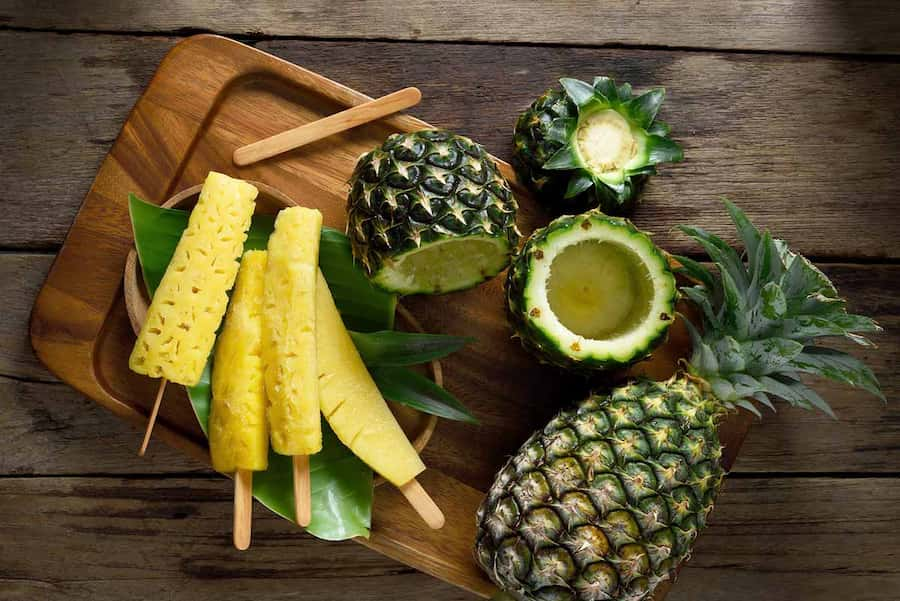
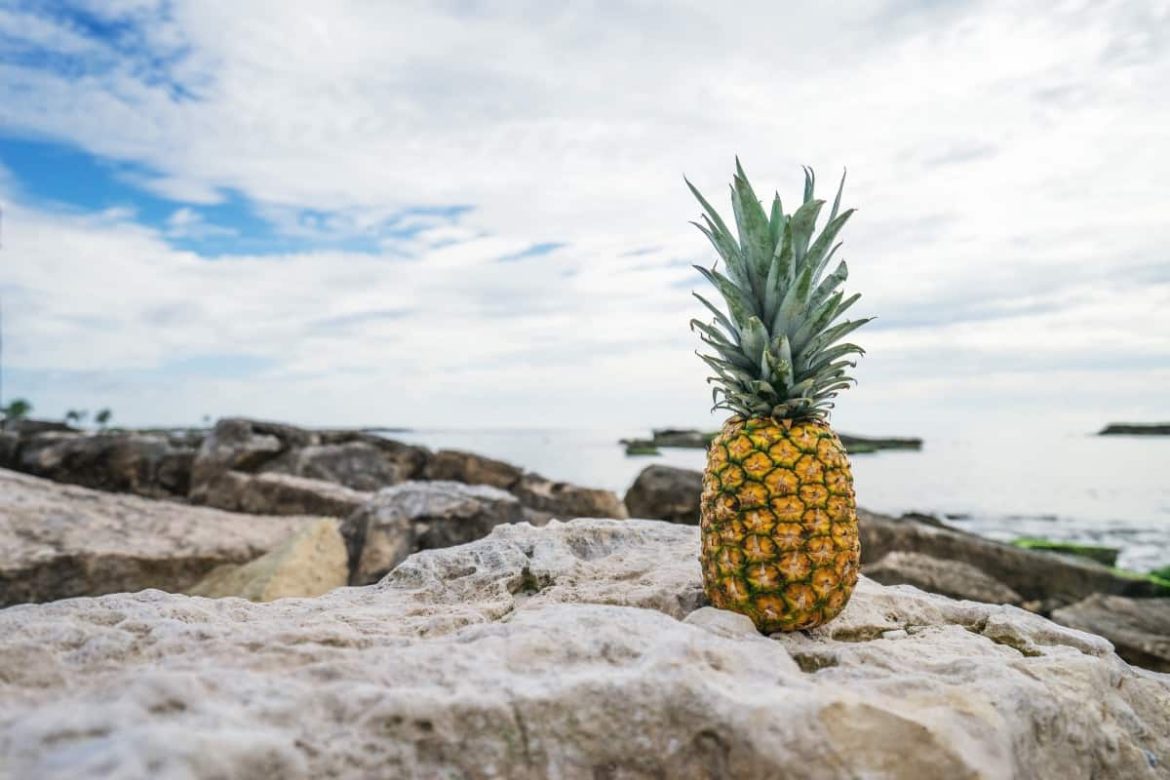
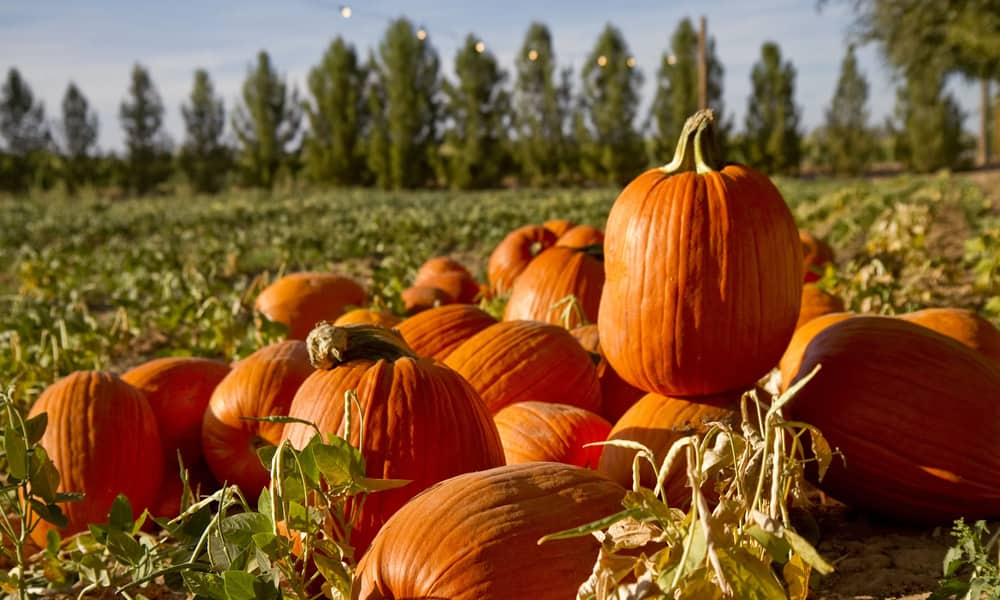
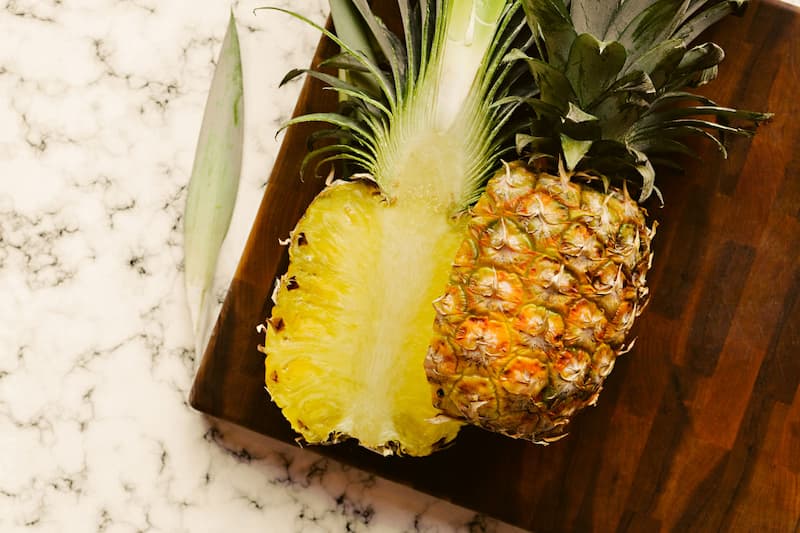
Your comment submitted.